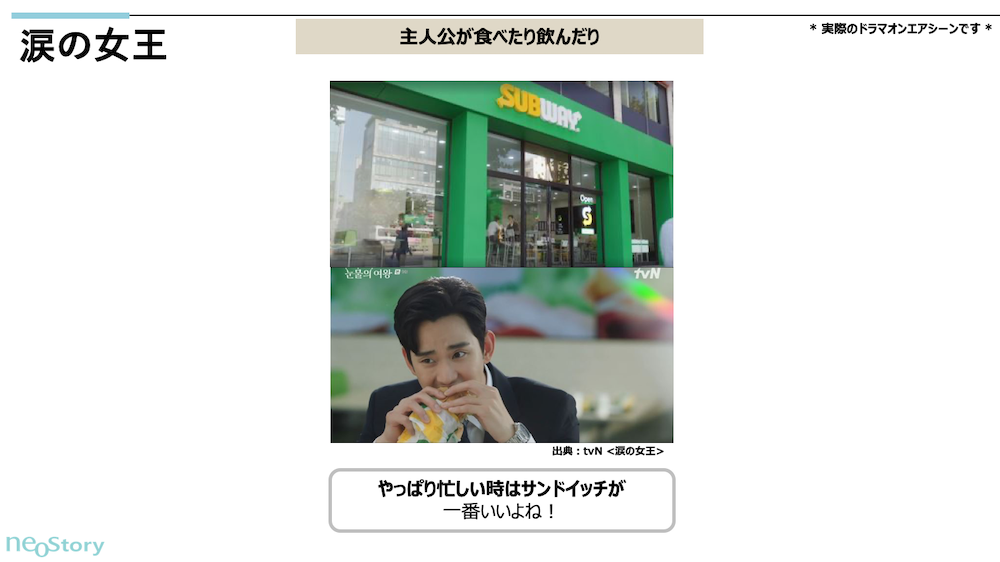The Busan International Film Festival (BIFF) was held in Busan, South Korea, from October 2 to 11, 2024. At the festival's event "ACFM," Aaron Zhou, Business Development Producer overseeing digital human casting at Dentsu Inc., took the stage. He delivered a lecture titled "The Expanding Possibilities of Digital Humans with Generative AI," drawing significant interest, particularly from content experts worldwide.
Related Link: Expanding the Possibilities of Digital Humans with Generative AI | Web Dentsu Inc. News
The Digital Human Casting initiative utilizes generative AI technology to create "digital humans" that move freely with lifelike human appearances. It is gaining attention as a means to overcome the challenges and limitations of traditional talent casting.
Additionally, Kazune Sato, a talent featured in Aaron Zhou's new business development model, appeared at the venue. Due to her striking appearance, there was a moment where attendees mistakenly wondered, "Could she be a digital human?"

Aaron Zhou and model/talent Kazune Sato at the Busan International Film Festival
The Busan International Film Festival also showcased various trends in Korean content, revealing growing global interest beyond Korea. Among these, Aaron highlighted the technique of product placement (PPL) within Korean content.
Creating New Touchpoints Between Brands and Viewers
PPL in Korean dramas is an advertising technique where specific products or brands are naturally integrated into the storylines of dramas, films, and variety shows. In Korean dramas, PPL is often cleverly woven into the narrative, allowing cosmetics, fashion, technology, and food used by characters to appeal directly to viewers in real-time.
For example, a lipstick featured in a popular drama can sell out instantly, sparking strong viewer interest in the brand and product. Particularly in Korea, where dramas are viewed not just as entertainment but as trend sources, new fashions can actually emerge from dramas. Thus, PPL in Korean content plays a role in creating new touchpoints between brands and viewers.
Furthermore, many Korean Wave (Hallyu) contents are globally distributed, using PPL to enhance international brand recognition. Overseas viewers are exposed to Korean lifestyles and trends through dramas and films, while simultaneously encountering the brands that engage in PPL.
Successful PPL Examples That Made Waves in "The Queen of Tears" and "Crash Landing on You"
Now, let's look at some branding examples through PPL featured in Korean content.
First, "SUBWAY" featured in "The Queen of Tears."
This is a particularly effective example of PPL within Korean dramas. Scenes of characters enjoying sandwiches appear repeatedly, giving viewers the impression that SUBWAY is seamlessly integrated into daily life. The way characters order specific sandwiches aligned with the drama's storyline feels relatable to viewers and also indirectly introduces SUBWAY's new menu items and promotional products.
Notably, lines like the main character, a wealthy young man, saying "When you're busy, nothing beats a sandwich," are scripted like a scene cut from a commercial. This technique indirectly promotes the message: "When you're busy, go to SUBWAY!"

Source: Quoted from neostory "Korean Drama PPL Cases"
Next is "bb.q Olive Chicken" in "Crash Landing on You."
In this drama, the popular Korean brand bb.q Olive Chicken appears frequently. As the characters eat it, viewers unconsciously imagine its taste. Particularly, through conversations in restaurants that evoke the aroma of chicken, or indirect mentions during exchanges between the male and female leads, the brand is cleverly positioned to be perceived as familiar and approachable. Because viewers can share in the chicken's deliciousness and the relaxed atmosphere through the drama, the brand value of bb.q Olive Chicken is significantly enhanced.
Finally, we have the PPL for the candy "KOPIKO" featured in "Vincenzo".
In this work, scenes where the protagonist picks up KOPIKO for energy or eats it during work breaks are depicted memorably, enhancing the story's humor and the characters' relatable qualities. For viewers, KOPIKO's presence remains memorable alongside the drama, forming a positive image as a familiar energy-boosting item. This portrayal made KOPIKO, produced by an Indonesian company, such a hit that it became impossible to buy in Korea, leading to a worldwide phenomenon of people ordering it online.

Source: Quoted from neostory "Korean Drama PPL Cases"
In this way, PPL is widely utilized in Korean content. In Korea, not only dramas but also media like films, music, and variety shows frequently feature PPL that skillfully integrates products with the story and characters, rather than simply placing them.
Future PPL in Korean content is expected to take new approaches to enrich viewer experiences. For instance, if targeting using AI and data analysis becomes possible, products could be adjusted for specific viewer demographics scene by scene. Furthermore, interactive PPL utilizing VR and AR technology, allowing viewers to experience items at home, will likely increase. This enables viewers to immediately try items seen in the story within a virtual space or obtain information, significantly enhancing the immersive quality of the content.
Furthermore, as Korean content gains international support, PPL contributes to enhancing global brand recognition. Moving forward, interactive PPL that directly connects viewers with brands will likely be actively utilized in Korean content. By allowing viewers to immerse themselves in the story while forming positive impressions of products and brands, PPL is expected to play a role in unlocking new appeal within Korean content.
While there are some examples of PPL usage in Japanese content like TV dramas and anime films, it remains largely in an experimental phase. Since PPL regulations and policies vary by country, Japan must also ensure compliance with laws like the Broadcasting Act and the Act Against Unjustifiable Premiums and Misleading Representations. Furthermore, even if not violating regulations, forcing products into content unrelated to its worldview or story can backfire. Indeed, cases have emerged where excessive PPL promotion in Korean dramas became problematic. The crucial point is designing an experience that aligns with the creator's intent and viewer needs, while considering the content's worldview and story. In this sense, there are lessons to be learned regarding building a win-win-win relationship among viewers, production teams, and companies.
I look forward to continuing to watch how PPL evolves within Korean content going forward.
Article Supervision:
neostory (Nam Hyun-ji)
【Related Articles】
Aaron Zhou of Dentsu Inc. Speaks at Busan International Film Festival's 'ACFM' on Digital Humans






